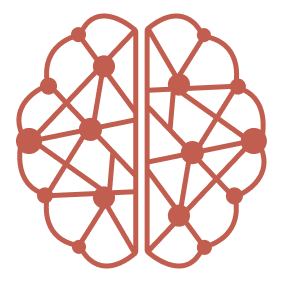Prerequisites
- Claude Code installed
- CORE account - Sign up at core.heysol.ai
Step 1: Install the CORE MCP Server
Run this command in your terminal to connect CORE with Claude Code:Step 2: Access MCP Configuration
- Open Claude Code in your terminal
- Type
/mcpto access the MCP management interface - Verify installation - You should see core-memory listed among available MCP servers

Step 3: Authenticate with CORE
- Click on core-memory from the MCP list
- Initiate authentication - This will open your default web browser

- Grant permissions when prompted to allow Claude Code access to your CORE memory

Step 4: Verify Connection
Test your setup to ensure everything is working correctly:-
Test memory search:
Can you search my memory for [something you've previously stored]? - Check connection status: Type /mcp - core-memory should show “Connected”
- Test operations: Ask Claude to store and retrieve information across sessions
Enable Automatic Memory Integration (Recommended)
Configure Claude Code to automatically search and store memories for seamless project continuity:- Create configuration structure in your project root: .claude/agents/
-
Set up memory search agent - Create
.claude/agents/memory-search.md -
Set up memory ingest agent - Create
.claude/agents/memory-ingest.md -
Configure session hooks - Add automation triggers to
settings.local.json:
Troubleshooting
Connection Issues:- Ensure you’re logged into your CORE account in the browser
- Check that the MCP server URL is correctly formatted
- Restart Claude Code if authentication seems stuck
